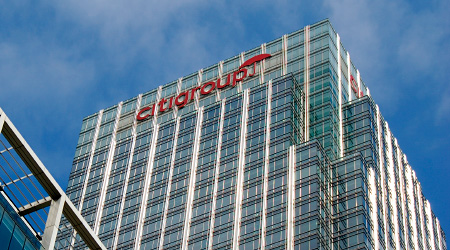What Is A Stock Split?

Every now and then you may be watching the financial news on cable TV and hear about a company doing a stock split. Stock splits are quite easy to understand both in principal and execution but they have significant tangible benefits to both shareholders and the investing public. Without stock splits publicly traded companies would more than likely be unable to attract additional investors after the initial public offering.
When a publicly traded corporation has its Initial Public Offering or IPO it means they are offering an initial fixed amount of stock to investors at a set price. A general scenario would be for a company to go public offering 10 million shares at $10 per share in the hopes of raising $1 billion in new capital. This allows the company to implement various initiatives such as expanding overseas or making acquisitions to propel growth. However, a few years later the company may have been incredibly successful in its growth plans and the per-share stock price of $10 could easily have grown to $100. At this point it becomes prohibitive for medium and small investors to purchase stock in the company. That is when many organizations will conduct a stock split which lowers the price per share and makes it easier for individual investors with less capital to purchase shares in the company.
In our example, the Board of Directors for the company may put forward a plan to issue a 4-for-1 stock split. What this means is that the 10 million shares initially offered will be multiplied by four and the per-share price subsequently divided by four. So after a 4-for-1 stock split there will be 40 million shares on the market at a price of $25 per share. The total market capitalization of the company will be unchanged but the hope is that the lower price makes it easier for individual investors to purchase shares increasing demand in stock ownership. With any luck, the increased demand will drive the per-share stock price up from the $25 split-adjusted price per share increasing the overall value of the company. Keep in mind this is not a guarantee and if there are poor earnings or other warning signs of revenue shortfalls a split-adjusted stock price can still drop precipitously regardless of whether it's $25 or $100.
Stock splits come in many different variations the most common of which is a 2-for-1 which is easy to understand and implement. However some organizations will do a 3-for-2 stock split if they only want to marginally lower the per-share price. If a stock has really taken off it is not unheard of to have 5-for-1 stock splits or even 10-for-1 splits on rare occasions. At the end of the day it all depends what the target share price is going to be as decided by the directors. If it is agreed that $20 per share is the target price then they will do a split according to that end goal. Unfortunately in the world of investments, stock splits aren't just to lower prices and make them more attractive to investors. Sometimes the opposite happens much to the chagrin of current shareholders.
In tough economic times it is not unheard of for some companies to conduct what is called a reverse stock split. As the name implies it is the reverse of the standard stock split so instead of lowering the price by increasing the number of shares the current available shares on the market are divided by a given number to help boost the per-share stock price. A recent example is Citigroup which conducted a 1-for-10 reverse split. At the time of the split Citigroup shares were approximately $4.50 per share and after the split they were trading at approximately $45 per share. If you see a company doing a reverse stock split be weary of purchasing any stock. The net effect is to alter investor perception to make the stock look more valuable than it actually is even though the underlying fundamentals of the organization haven't changed.
For the most part, stock splits are beneficial to both shareholders and prospective investors. By making individual shares available at better prices which hopefully increases demand resulting in per-share prices going up. As with any investment this is not a guarantee so always do your research prior to purchasing shares in an organization.
Elsewhere on StockMonkeys.com







